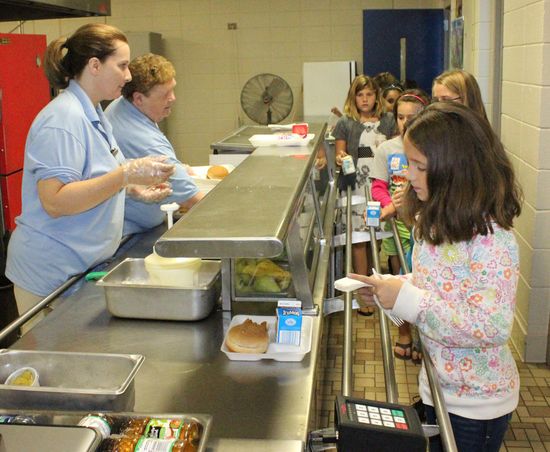The Importance of National School Lunch Week
Across the United States, millions of school-aged children don’t get enough to eat when they’re away from home. Schools across the nation, including day care, nursery, elementary, Middle and High Schools are equipped with kitchens or cafeterias that are able to provide for the nutritional needs of students while they’re on campus.
Eating properly is important to not only growth, but health as well, and the pervasive fast-food dieting habits that many American have adopted have caused a huge increase in the rate of childhood obesity around the country. Children and teens attending school need to be offered healthy alternatives to fast food whenever possible, and the National School Lunch Act provides for those needs. First started in 1946, the National School Lunch Program ensures that every American student has access to a nutritionally balanced lunch while at school on a daily basis. Such lunch programs provide adequate amounts of nutritious food, as well as variety, that teach children to make wiser choices when it comes to eating at least one meal out of their daily food requirements.
National School Lunch Week is observed in every school in the United States during the first or second week of every October. School cafeterias throughout the nation are open to not only students, but parents as well, in an effort to show parents that nutritional guidelines are being followed and that their children are being served attractive, healthy and tasty food. Throughout America, schools are required to provide at least one meal per day to all children, and that meal must meet federal nutrition standards.
President John F. Kennedy established the National School Lunch Week program in 1963, and this weeklong event serves as a way to focus on every school’s responsibility to provide balanced meals for children of all ages. Every year, school districts and campuses from Washington State to Maine, and from North Dakota to the depths of Texas choose a different theme. America’s children are our precious commodities, and they need to be assured that proper eating habits and instruction will accompany a general school education. Because lack of proper exercise and physical education classes are causing today’s children to grow more sedentary, it’s important to ensure that they are eating diets low in fats and sugars, while still offering adequate amounts of proteins, fibers and carbohydrates. National School Lunch Week draws attention to school menus across America.
While we all remember the school cafeteria lunches of our past, perhaps even with a grimace, today’s school cafeterias cater to the demands of finicky children. Menus offer spaghetti, chicken and tacos, macaroni and cheese and pizza, as well as salads, vegetables and desserts. These offerings don’t taste like the cardboard most of us grew up with however, but are appealing as well as nutritious. Millions of schools across the country try to constantly update their menu selections and tastes to please kids of all ages, and use whole wheat in spaghetti and pizza offerings to encourage more healthy options when it comes to old standards.
Children’s health is an important matter not only to schoolteachers and principals, but also to the cafeteria support staff assigned to feed those children. Hungry students make poor students, and malnutrition can impair growth, health and cognitive abilities. Millions of dieticians and school cooks work year round to provide fun, healthy and beneficial food to those who normally don’t have access to a decent lunch. The next time National School Lunch Week rolls around in your local school district, drop on by for a taste of what’s available on the cafeteria school lunch menu. You may be pleasantly surprised.







